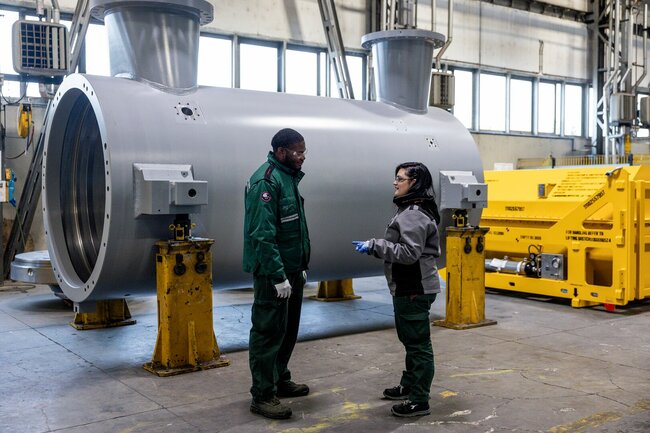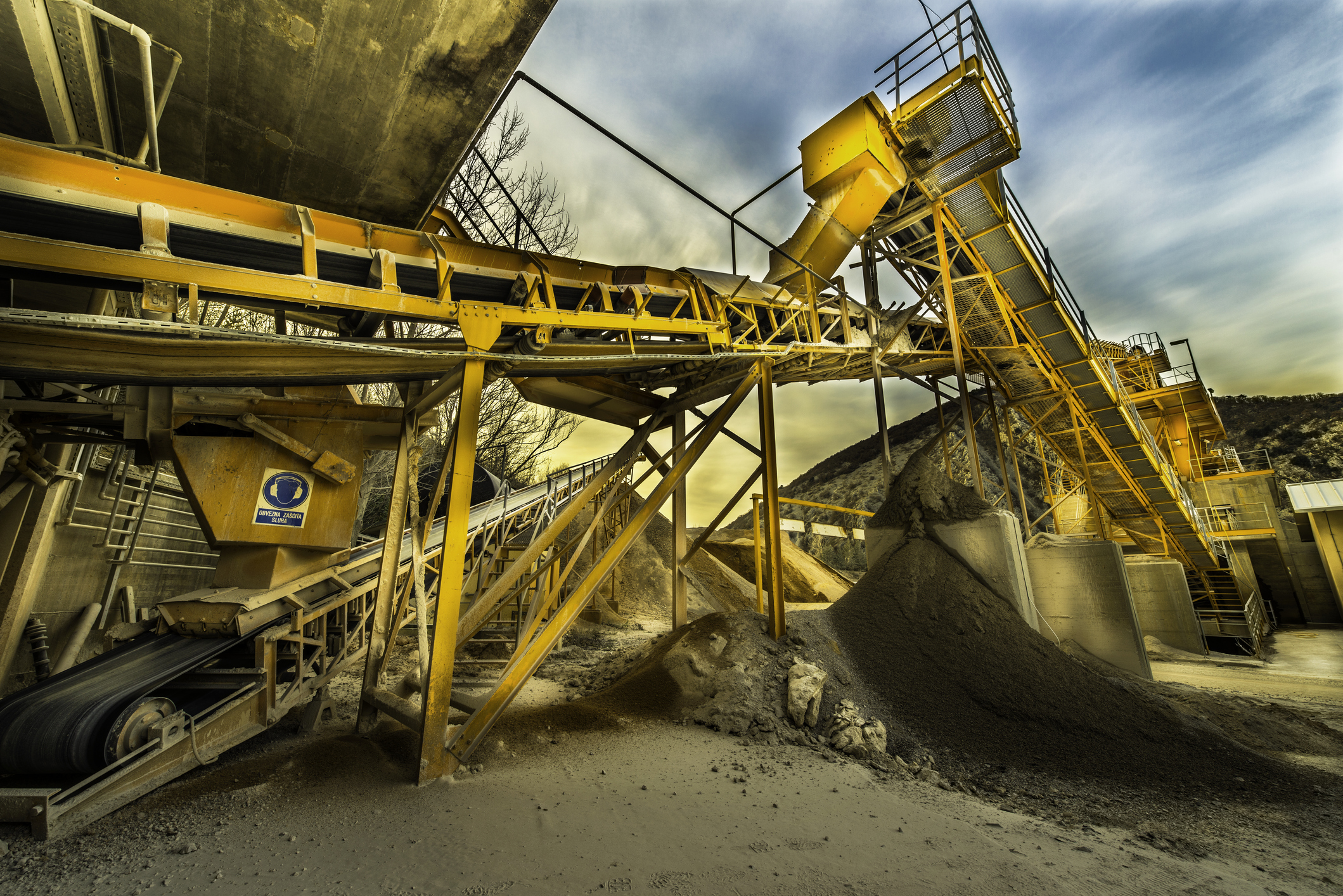Determine whole of life costs. Identify optimum replacement ages. Compare alternatives.
A life cycle costing analysis determines the "whole of life" cost of asset ownership from “cradle to grave”, taking into account design, purchase, installation, commissioning, operations, maintenance and disposal. The whole of life cost is an important aspect in alternative scenario comparisons, where lowest life cost is a key target. Optimum replacement ages for major assets can also be determined on the basis of a whole of life ownership cost projection. Our team generates whole of life cost models for major assets, using our detailed equipment characteristics and maintenance cost forecasts as a base. The whole of life cost models have been used to ascertain the optimum replacement age of major assets or to determine the optimum investment alternative from a range of competing options.
Are you experiencing any of these challenges?

Uncertainty around optimal replacement timing for critical assets
Without clear data and insights it can be challenging to determine the best time to replace aging assets. There is risk of premature replacement, increasing capital expenditures or delayed replacement, leading to higher maintenance costs and unplanned downtime.

Subjective asset selection processes
Key asset selection decisions are frequently made without fully considering whole-of-life costs. This can result in choosing assets based on upfront costs rather than long-term value, impacting overall operational efficiency and profitability.

Incomplete data for accurate life cycle costing
Organizations often lack access to comprehensive and reliable data on asset performance, maintenance history, and/or future cost projections. This hinders their ability to perform accurate Life Cycle Costing Analysis, leading to suboptimal investment and maintenance strategies.
How to Maximize Value from Sustaining Capital

The asset lifecycle is fundamentally simple; we buy an asset, operate and maintain it, and then at some age replace it. There is generally an attempt to procure the right asset based on an assessment of the full lifetime asset cost and the value it will deliver. The purpose is to select the best asset based on what’s known at the time and deliver the required performance levels at the lowest cost. The assessment should also provide an approximation as to the age or time at which the asset will require replacement.
How we help

The optimum replacement age of an asset is an important element in the asset strategy and one that should form part of the long term financial planning. Determining the optimum replacement age is dependent on several key factors including performance, degradation, costs, effectiveness and obsolescence.

When considering several alternatives for major asset selection a whole of life asset model supports selection of the asset that will deliver the best performance at the best cost.


